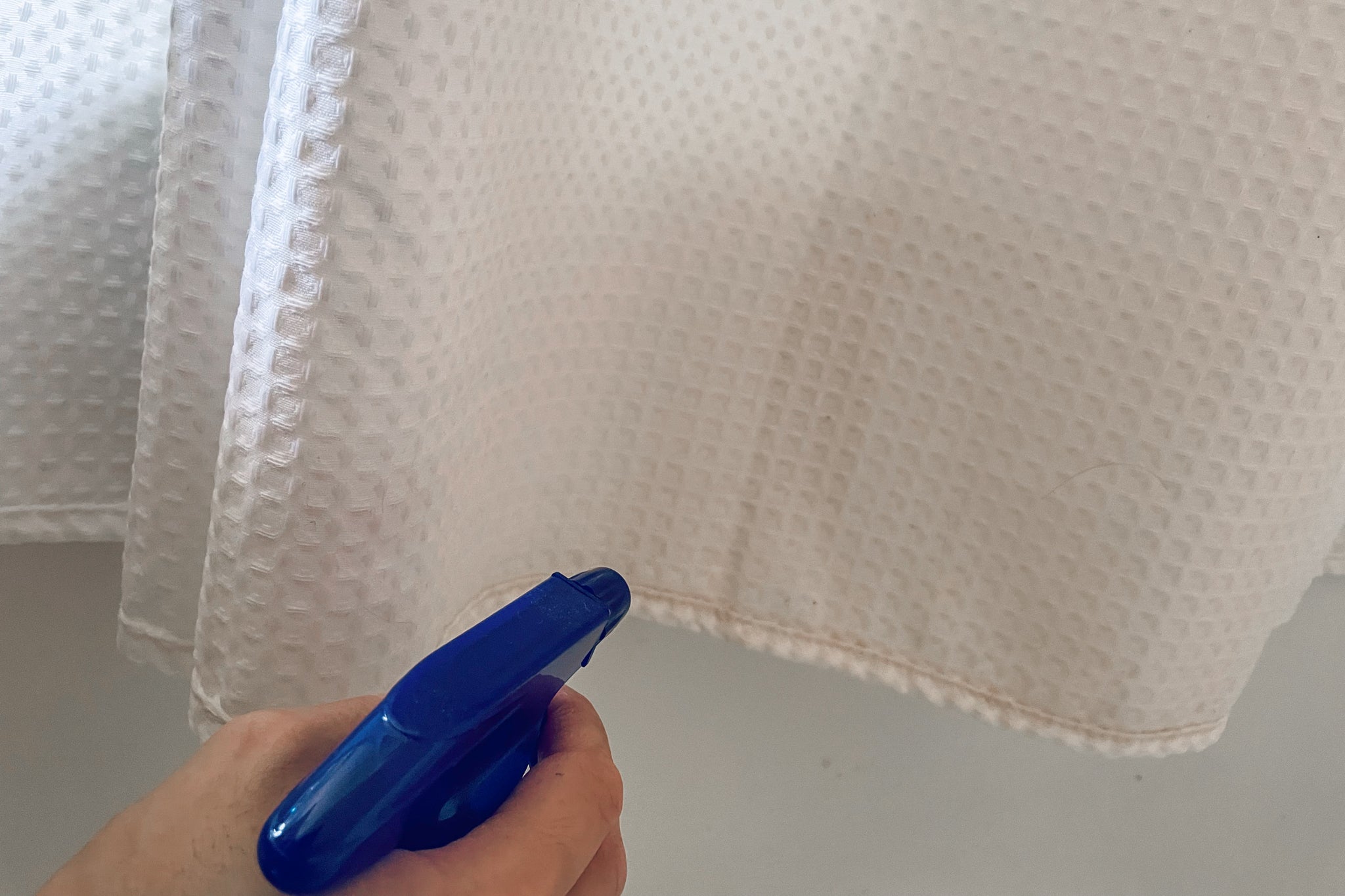

Articles
How To Clean Mold Off Curtains
Modified: January 8, 2024
Learn effective methods to clean mold off curtains with our informative articles. Say goodbye to mold and keep your curtains fresh and clean!
(Many of the links in this article redirect to a specific reviewed product. Your purchase of these products through affiliate links helps to generate commission for Storables.com, at no extra cost. Learn more)
Introduction
Mold is a common problem that many homeowners face, and it can be particularly troublesome when it starts to grow on curtains. Not only does mold make the curtains look unsightly, but it also poses potential health risks to individuals living in the space. If left untreated, mold can spread and cause further damage to the curtains and the surrounding areas.
In this article, we will explore various methods to effectively clean mold off curtains. Additionally, we will discuss natural remedies and preventive measures to keep mold from returning. By following these steps, you can restore the look of your curtains and maintain a healthy living environment.
Note that before proceeding with any mold cleaning process, it is important to take necessary safety precautions. Wear gloves, a mask, and protective eyewear to avoid direct contact with mold spores, as they can trigger allergies and respiratory issues.
Now, let’s dive into the process of cleaning mold off curtains and regain the beauty of your window dressings.
Key Takeaways:
- Understanding the causes of mold growth on curtains and taking proactive measures such as proper ventilation, regular cleaning, and using mold-resistant curtains can help prevent mold infestation and maintain a healthy living environment.
- Natural remedies like vinegar, tea tree oil, hydrogen peroxide, and baking soda offer effective and environmentally friendly options for cleaning mold off curtains, ensuring a safe and fresh living space.
Read more: How To Clean Mold Off Shower Curtains
Understanding Mold on Curtains
Mold is a type of fungus that thrives in moist environments. It can easily find its way onto curtains, especially if they have been exposed to excessive humidity, water damage, or poor ventilation. Mold spores are airborne and can easily attach themselves to fabric surfaces, leading to mold growth if the conditions are favorable.
The appearance of mold on curtains is often characterized by black, green, or grayish patches. Besides the unsightly appearance, mold can also release musty odors and cause health issues, including respiratory problems, allergies, and asthma symptoms.
It’s important to understand that mold thrives in environments with high moisture levels. Thus, areas with high humidity, such as bathrooms, basements, or rooms with inadequate ventilation, are more prone to mold growth. Curtains located near these damp areas are particularly susceptible to mold infestation.
In addition to moisture, other contributing factors to mold growth on curtains include poor maintenance, lack of sunlight, and prolonged exposure to dirt and dust. Therefore, it’s essential to regularly inspect curtains for any signs of mold and take immediate action to remove it.
If the mold growth on your curtains is extensive or if you suspect any structural damage, it is recommended to seek professional assistance. They can assess the situation, identify the underlying cause, and provide appropriate solutions to remediate the mold problem.
Now that we understand the basics of mold growth on curtains, let’s move on to the preparation steps before cleaning.
Preparing for Cleaning
Before diving into the process of removing mold from curtains, it is important to adequately prepare the area and gather the necessary supplies. Here are the steps to follow:
- Isolate the affected area: Start by closing the curtains and isolating the area to prevent the spread of mold spores to other parts of the room. Close any nearby windows and doors, and if possible, cover surrounding furniture to protect them from coming into contact with mold spores.
- Ventilate the area: Ensure proper ventilation by opening windows or using fans to promote air circulation. This will help in reducing moisture and speeding up the drying process after cleaning.
- Remove loose mold spores: Use a vacuum cleaner with a HEPA filter to gently vacuum the curtains, removing any loose mold spores and debris. This will minimize the chances of spreading mold during the cleaning process.
- Prepare cleaning solutions: Depending on the fabric of your curtains, you can choose from various cleaning solutions. For washable curtains, consider using a mixture of mild detergent and warm water. For non-washable curtains, consult the care instructions or consider using a specialized mold cleaner. Alternatively, you can use natural remedies, which we will discuss in the next section.
- Gather cleaning supplies: Make sure you have the necessary cleaning supplies on hand, including a clean cloth or sponge, a soft-bristle brush, a bucket for preparing the cleaning solution, and rubber gloves to protect your hands.
Once you have completed these preparatory steps, you are ready to tackle the mold removal process. Remember to prioritize your safety by wearing gloves, a mask, and protective eyewear throughout the cleaning process to minimize exposure to mold spores.
Now, let’s move on to the techniques for removing mold from curtains.
Removing Mold from Curtains
When it comes to removing mold from curtains, the approach will vary depending on the fabric and the severity of the mold growth. Here are some steps to help you effectively eliminate mold from your curtains:
- Spot test: Before applying any cleaning solution to the entire curtain, it’s important to spot test a small, inconspicuous area first. This will ensure that the cleaning solution does not cause any discoloration or damage to the fabric.
- Pre-treat stains: If there are any visible stains or heavily affected areas, pre-treat them by gently dabbing the stains with a mixture of mild detergent and warm water. Allow the solution to sit for a few minutes to loosen the mold before proceeding to the next step.
- Clean the curtains: Dip a clean cloth or sponge into the cleaning solution and gently scrub the affected areas of the curtains. Work in small sections and avoid rubbing too vigorously, as this can damage the fabric. For stubborn mold stains, you can use a soft-bristle brush to gently scrub the surface.
- Rinse thoroughly: Once you have cleaned the curtains, rinse them thoroughly with clean water to remove any remaining cleaning solution or residue. This step is crucial to prevent any potential damage to the fabric and ensure the removal of all mold particles.
- Dry the curtains: After rinsing, gently squeeze out any excess water from the curtains. Hang them in a well-ventilated area or use a fan to facilitate faster drying. It is important to ensure that the curtains are completely dry to prevent any lingering moisture that could contribute to future mold growth.
If your curtains are not machine washable, follow the care instructions provided by the manufacturer or consult a professional cleaner for guidance on how to safely remove mold from the curtains.
It’s worth noting that if the mold growth on your curtains is extensive, professional cleaning may be necessary to thoroughly remove the mold and prevent it from recurring.
Now that we have covered the methods for removing mold from curtains, let’s explore some natural remedies that can help in the cleaning process.
Mix equal parts of white vinegar and water in a spray bottle. Spray the affected areas of the curtains and let it sit for a few hours. Then, scrub the mold off with a brush and wash the curtains as usual.
Natural Remedies to Clean Mold
If you prefer to use natural remedies to clean mold off your curtains, there are several options available that are effective and safe. Here are some natural remedies you can try:
- Vinegar: Vinegar is known for its antimicrobial properties, making it an effective solution for removing mold. Mix equal parts of white vinegar and water in a spray bottle. Spray the solution onto the affected areas of the curtains and let it sit for about 15 minutes. Afterward, gently scrub the mold with a soft brush or cloth and rinse the curtains thoroughly.
- Tea tree oil: Tea tree oil is a natural fungicide and can be used to combat mold growth. Add a teaspoon of tea tree oil to a spray bottle filled with water. Shake well and spray the solution onto the moldy areas. Let it sit for a few hours or overnight, then wipe the mold away with a clean cloth or sponge. Rinse the curtains thoroughly afterward.
- Hydrogen peroxide: Hydrogen peroxide is another effective natural remedy for mold. Dilute 3% hydrogen peroxide with water in a spray bottle. Spray the solution onto the moldy areas and let it sit for 10-15 minutes. Then, scrub the mold away with a soft brush or cloth and rinse the curtains thoroughly.
- Baking soda: Baking soda is a great natural deodorizer and can also help remove mold. Mix one tablespoon of baking soda with water to make a paste. Apply the paste to the moldy areas and let it dry completely. Once dry, gently brush off the baking soda and vacuum any residue. Rinse the curtains thoroughly to remove any remaining mold particles.
Remember to always spot test these natural remedies on a small, inconspicuous area of the curtains first to ensure that it does not cause any damage or discoloration.
After using any natural remedy, it is essential to thoroughly rinse the curtains with water to remove any residue or odor. Ensure that the curtains are completely dry before rehanging them to prevent any potential moisture buildup that could lead to future mold growth.
Using natural remedies not only helps in cleaning mold off curtains, but it also eliminates the use of harsh chemicals, making it a safer option for both your health and the environment.
Now that you know how to clean mold from curtains using natural remedies, let’s move on to preventive measures to keep mold growth at bay.
Read more: How To Clean Mold Off Siding
Preventing Mold Growth on Curtains
Prevention is key when it comes to dealing with mold growth on curtains. By taking proactive steps, you can minimize the chances of mold infestation and keep your curtains looking clean and fresh. Here are some preventive measures you can implement:
- Ensure good ventilation: Proper ventilation is crucial in preventing mold growth. Make sure to open windows or use exhaust fans, especially in areas prone to high humidity, such as bathrooms and kitchens. This will help to reduce moisture in the air and prevent condensation on the curtains.
- Avoid excess moisture: Keep curtains away from sources of moisture and water leaks. Fix any plumbing issues promptly and ensure that the area around the curtains is dry and well-maintained. Regularly check for and address any areas of excess moisture, such as damp walls or leaking windows.
- Allow adequate sunlight: Sunlight is a natural mold inhibitor, so it’s important to allow sunlight to reach the curtains whenever possible. Keep curtains open during the day to let in sunlight and ensure proper airflow. If privacy is a concern, consider using sheer curtains that still allow light to filter through.
- Regular cleaning: Regularly clean your curtains to prevent the build-up of dust, dirt, and potential mold spores. Follow the care instructions provided by the manufacturer regarding washing or dry cleaning. Some curtains may be machine washable, while others may require professional cleaning.
- Proper storage: If you need to store your curtains for an extended period, ensure they are completely dry before folding or packing them away. Store curtains in a clean, dry area where air can circulate to prevent moisture and mold growth.
- Use mold-resistant curtains: Consider using mold-resistant curtains that are treated with mold inhibitors or made from naturally mold-resistant materials. These curtains are designed to resist mold growth and can help in preventing mold infestation.
By incorporating these preventive measures into your routine, you can significantly reduce the risk of mold growth on your curtains and maintain a mold-free environment in your home.
Now, let’s conclude our discussion on cleaning mold off curtains.
Conclusion
Mold growth on curtains is a common problem that can not only ruin the appearance of your curtains but also pose health risks to those living in the space. It is important to address mold growth on curtains promptly to prevent further damage and maintain a healthy living environment.
In this article, we discussed various methods to effectively clean mold off curtains. We explored the importance of understanding mold growth on curtains and the steps to prepare for cleaning. We also covered techniques to remove mold from curtains, including spot testing, pre-treating stains, and using appropriate cleaning solutions.
We also discussed natural remedies, such as vinegar, tea tree oil, hydrogen peroxide, and baking soda, which are safe and effective in cleaning mold off curtains. These remedies can be a great alternative to harsh chemicals and are environmentally friendly.
Furthermore, we emphasized the importance of preventive measures to avoid mold growth on curtains. Good ventilation, avoiding excess moisture, allowing adequate sunlight, regular cleaning, proper storage, and using mold-resistant curtains are essential in preventing mold infestation.
Remember to prioritize your safety throughout the cleaning process by wearing protective gear and following proper cleaning procedures. If mold growth is extensive or if you suspect structural damage, it is recommended to seek professional assistance.
By following the steps and guidelines provided in this article, you can effectively clean mold off your curtains, prevent its recurrence, and maintain a clean and healthy living environment.
So, take action today to get rid of mold from your curtains and enjoy a fresh and inviting living space!
Frequently Asked Questions about How To Clean Mold Off Curtains
Was this page helpful?
At Storables.com, we guarantee accurate and reliable information. Our content, validated by Expert Board Contributors, is crafted following stringent Editorial Policies. We're committed to providing you with well-researched, expert-backed insights for all your informational needs.
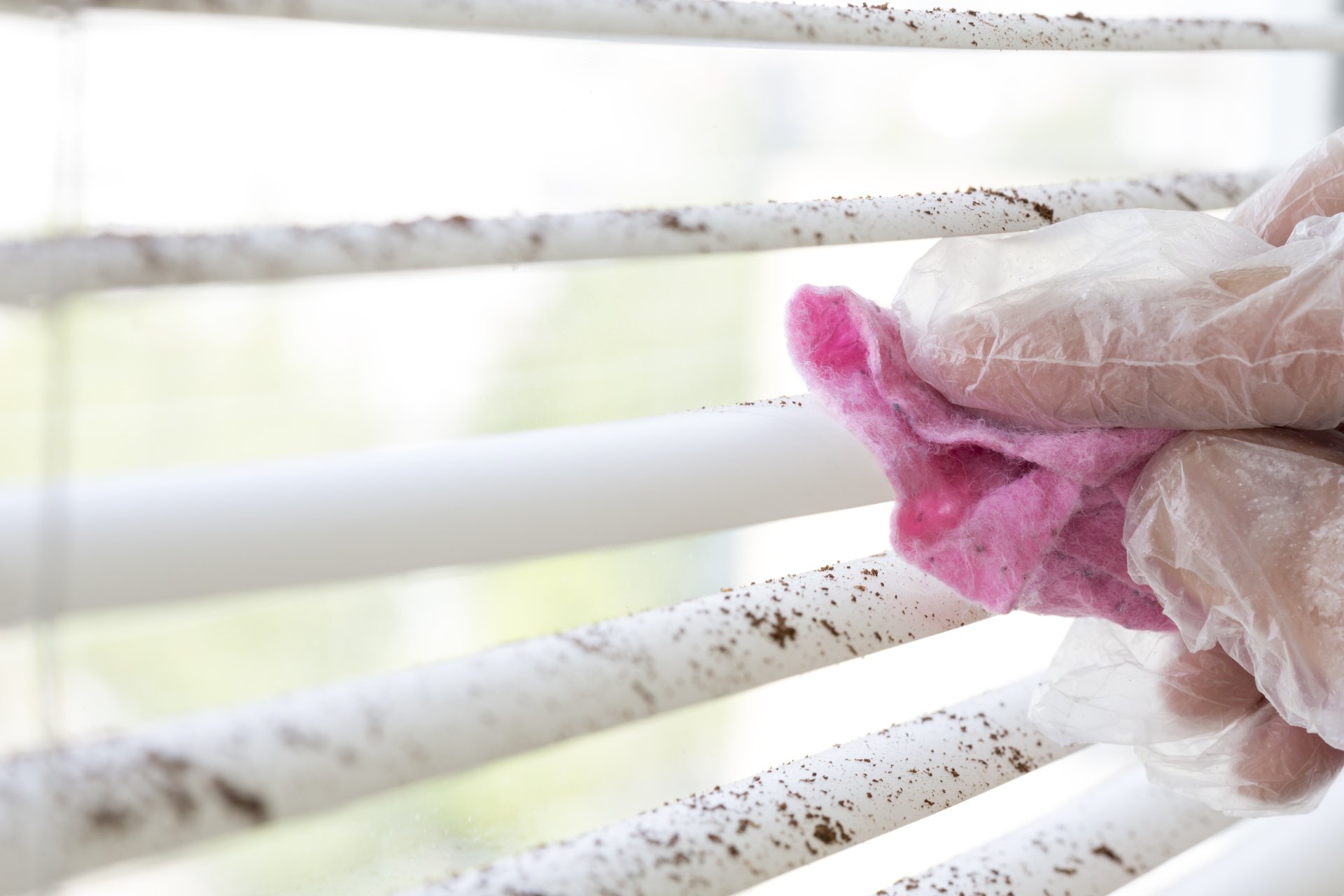
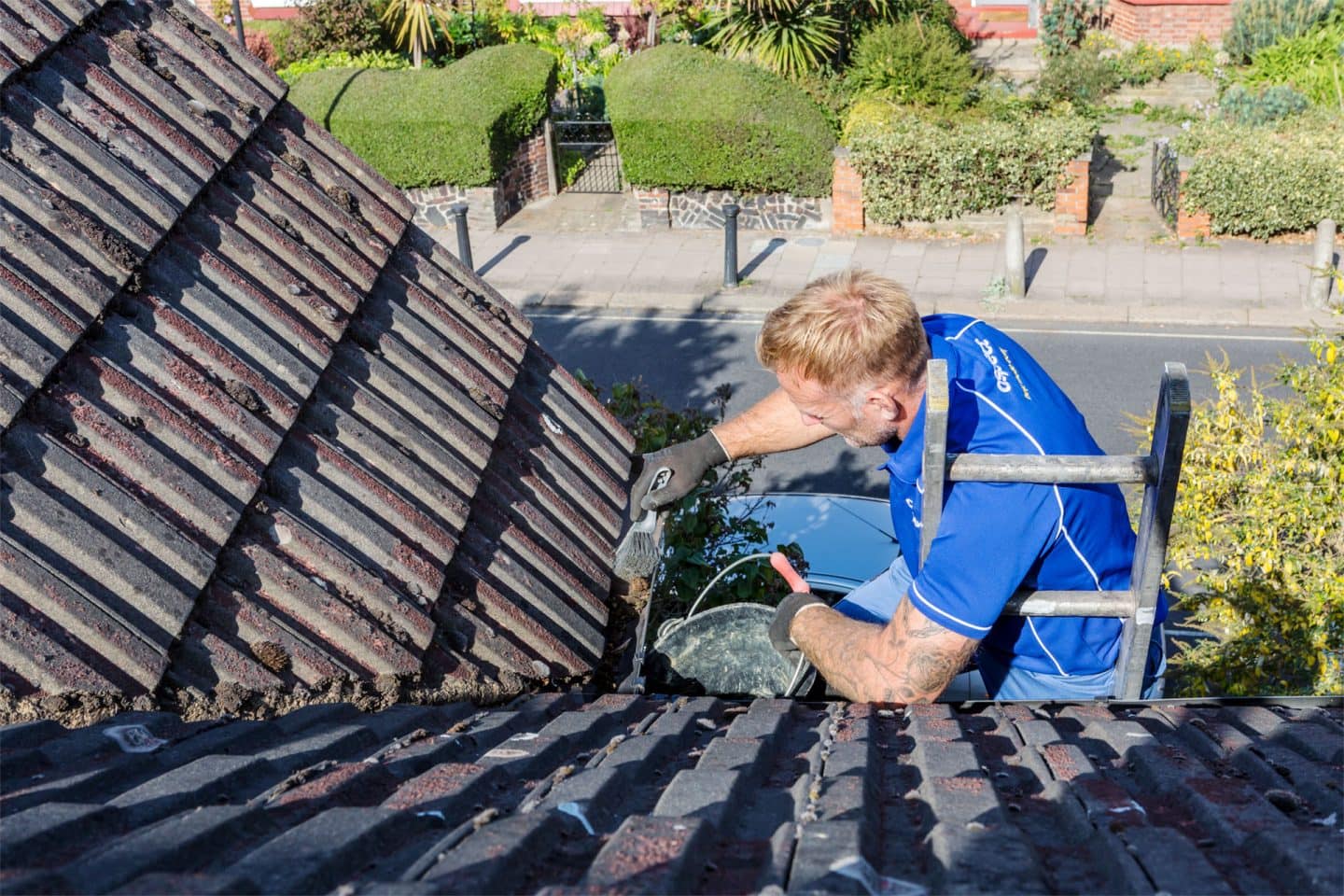
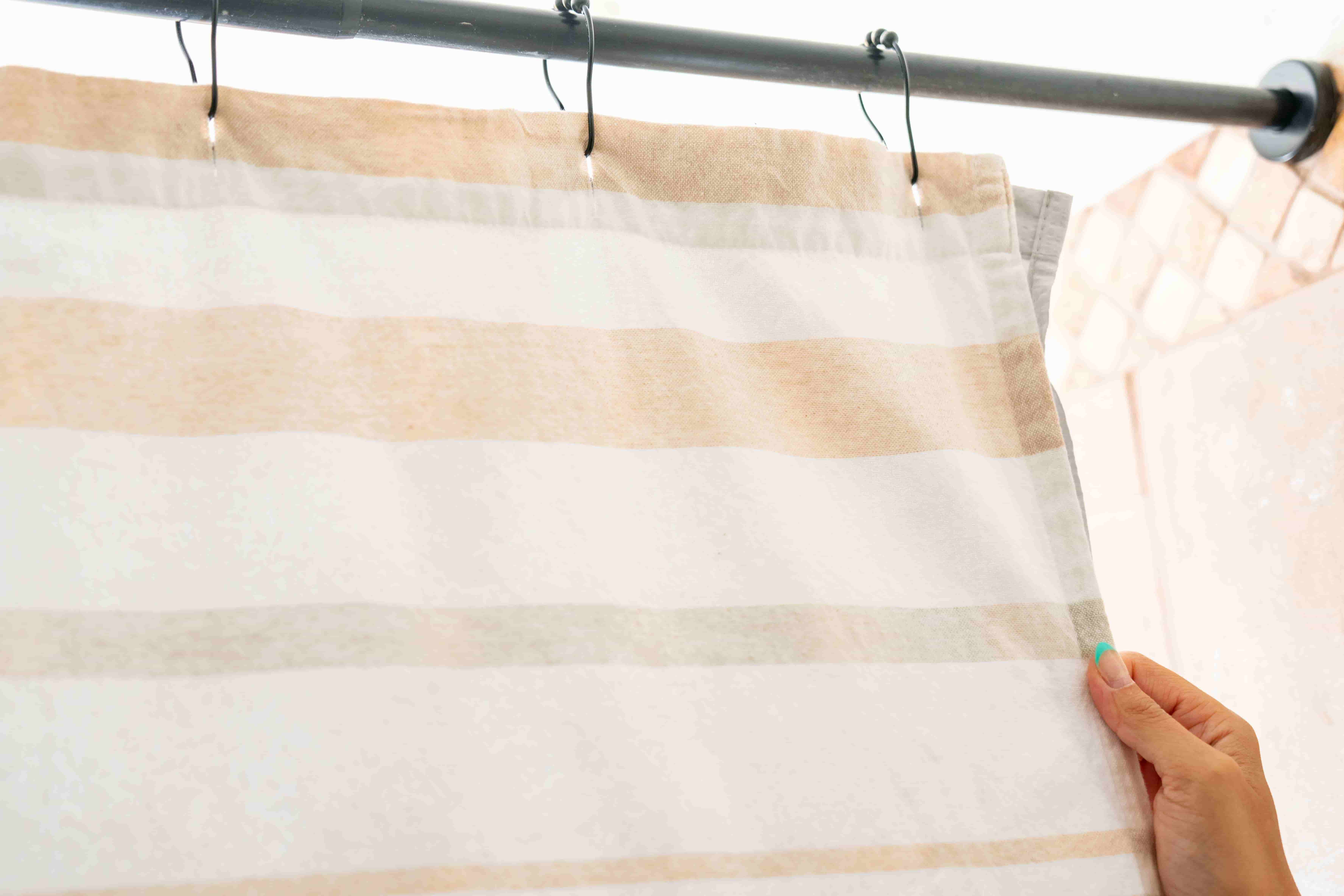
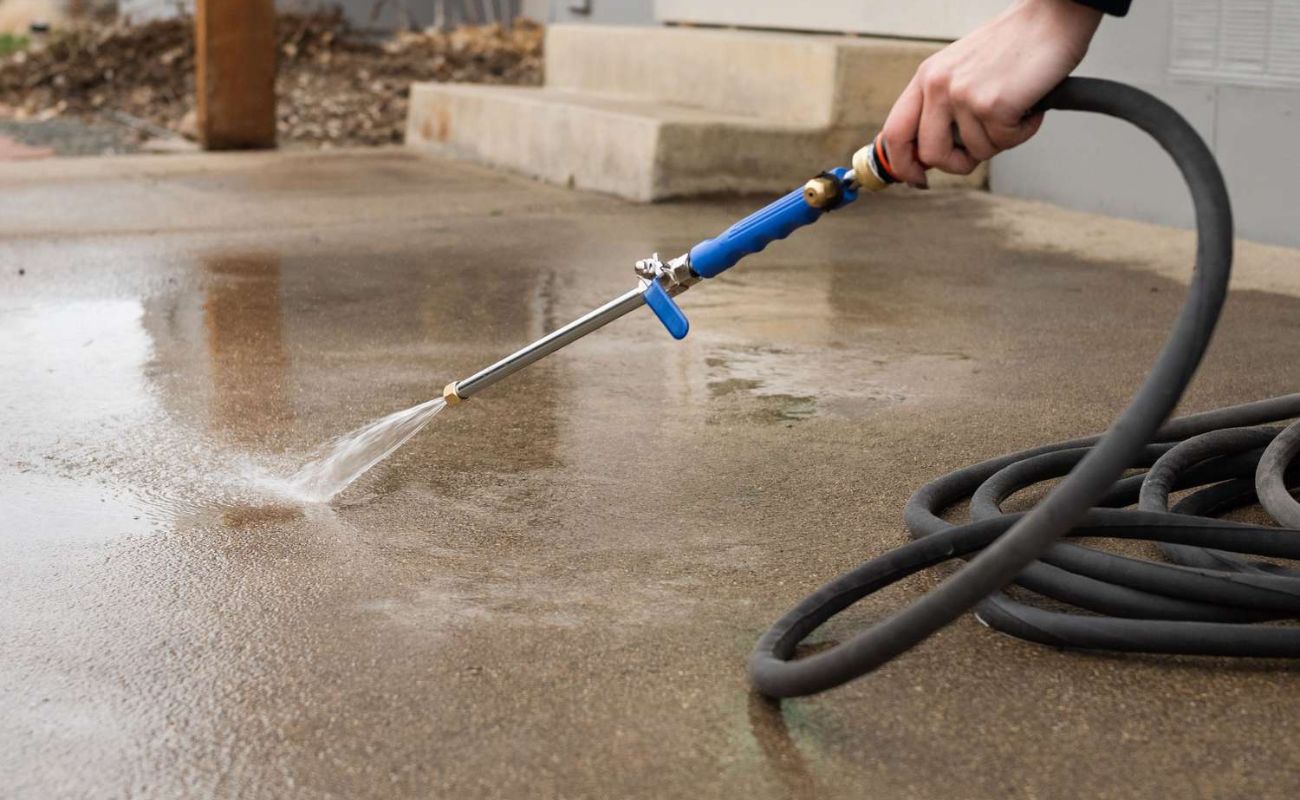
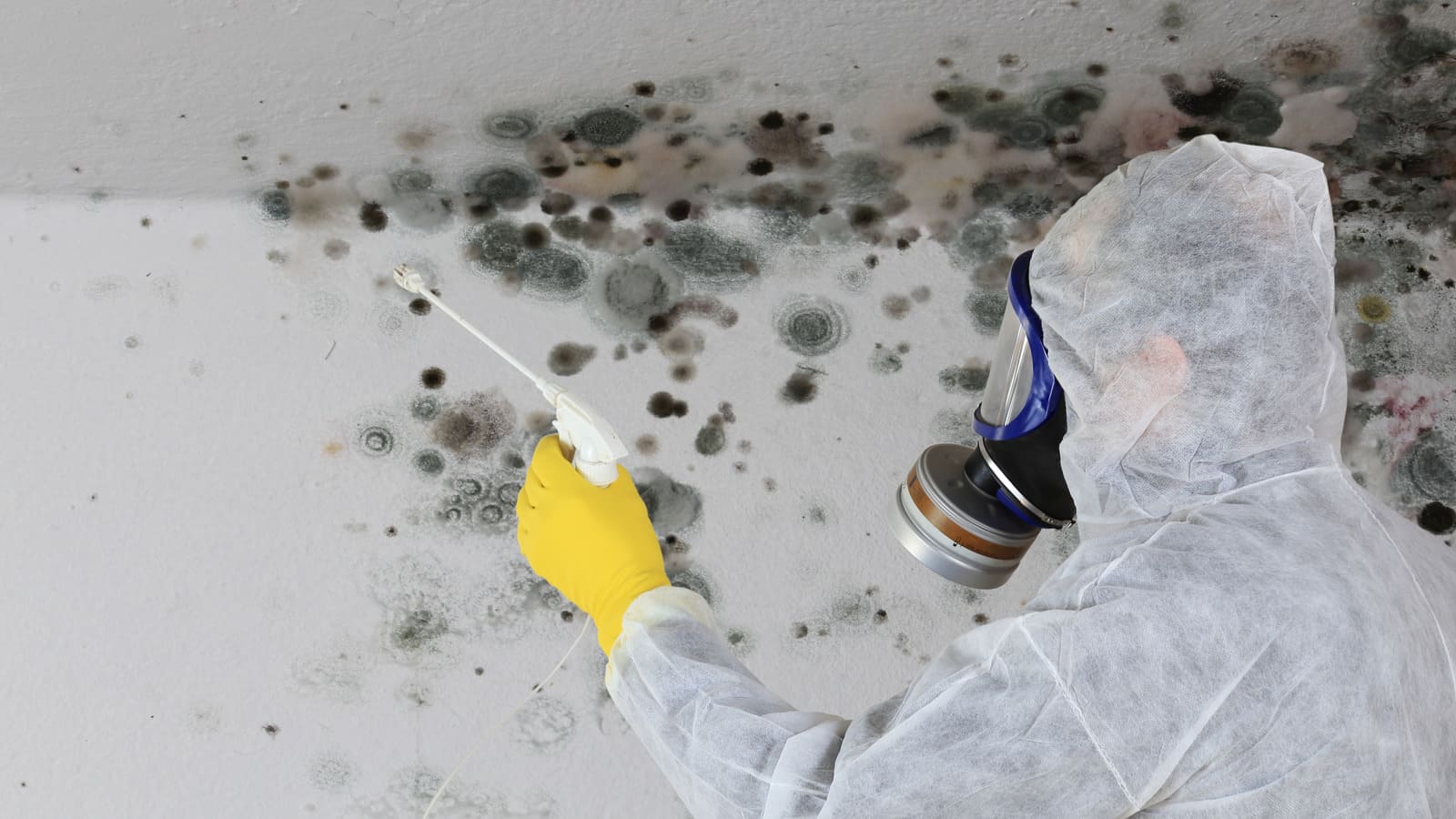
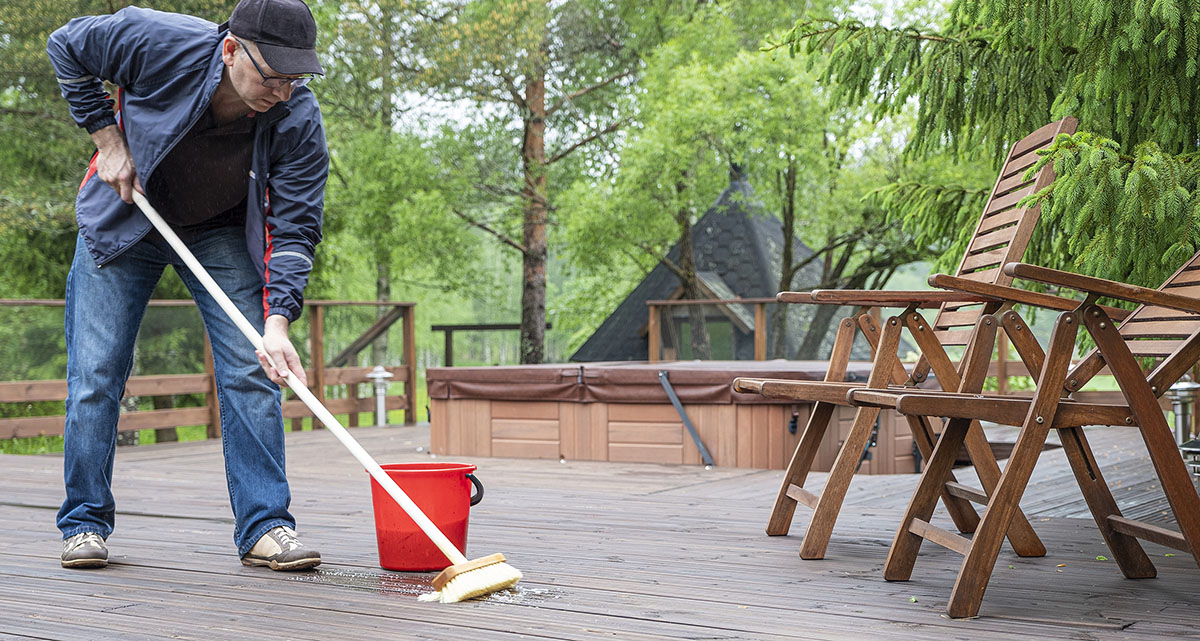

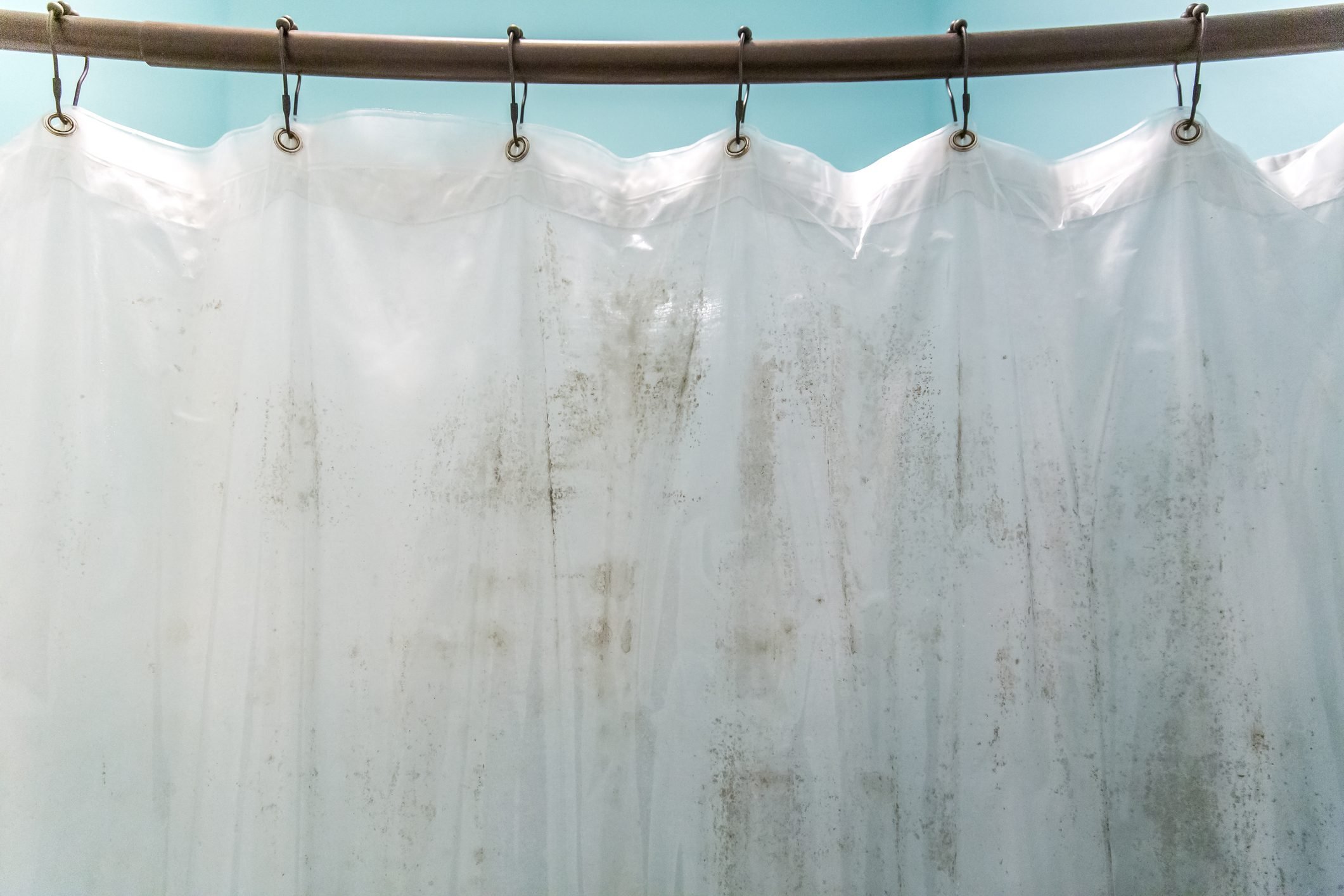
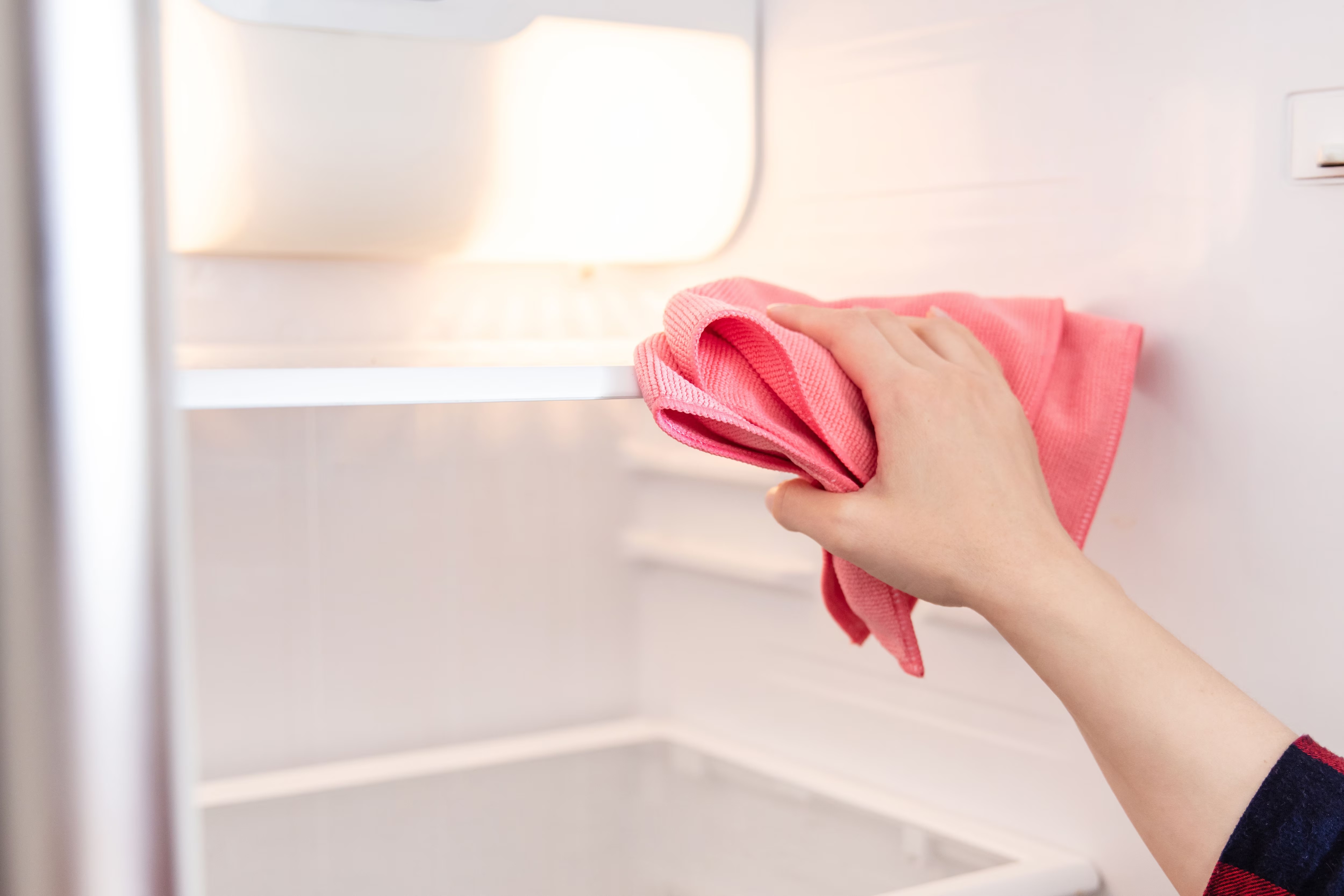
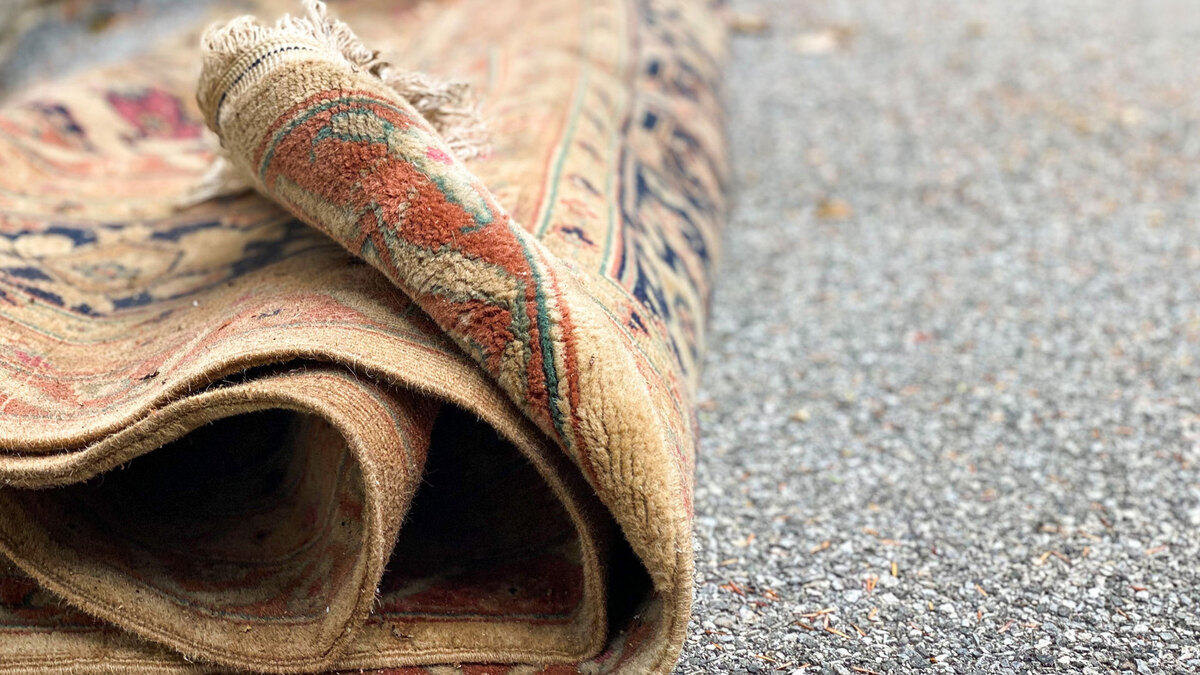
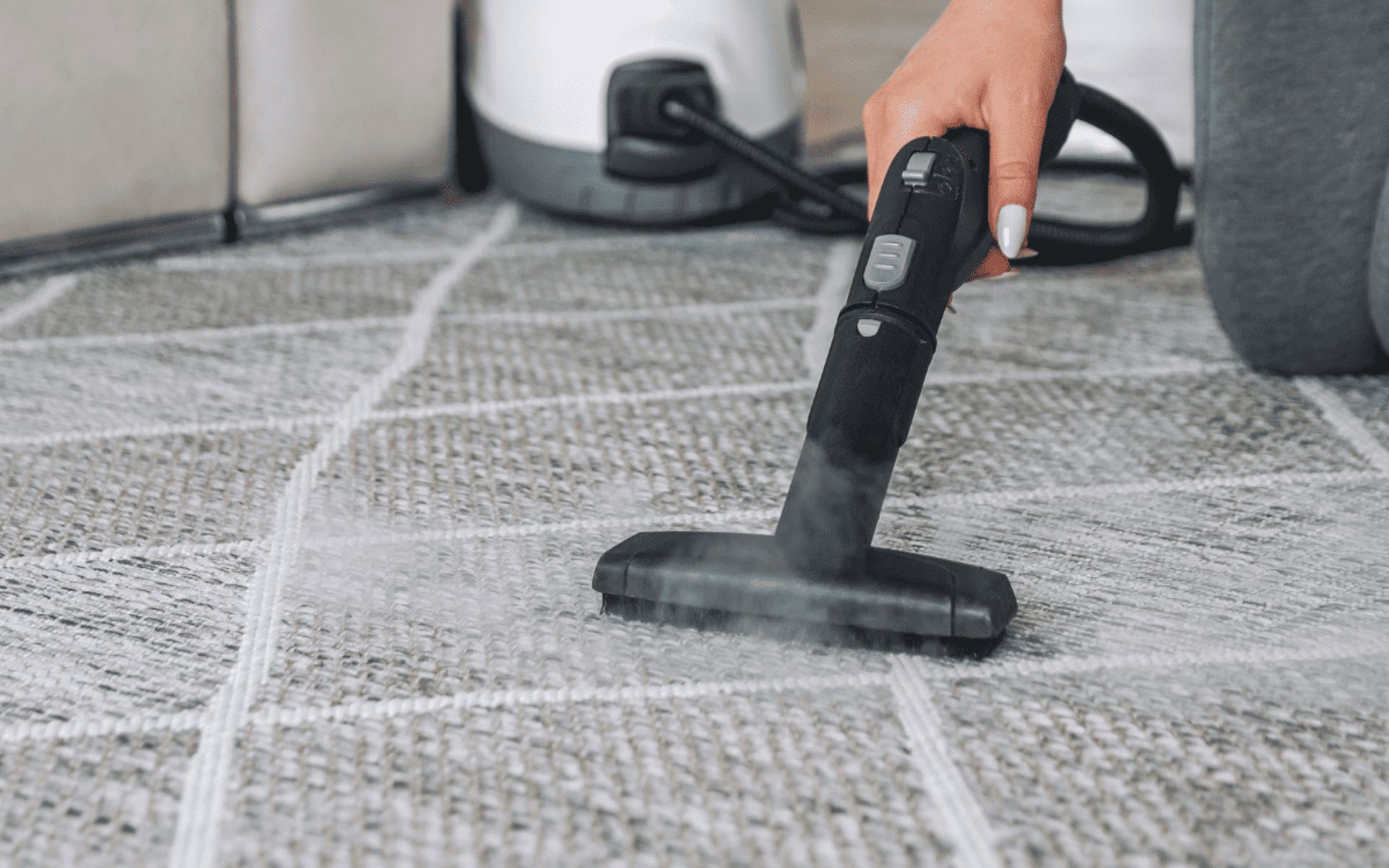
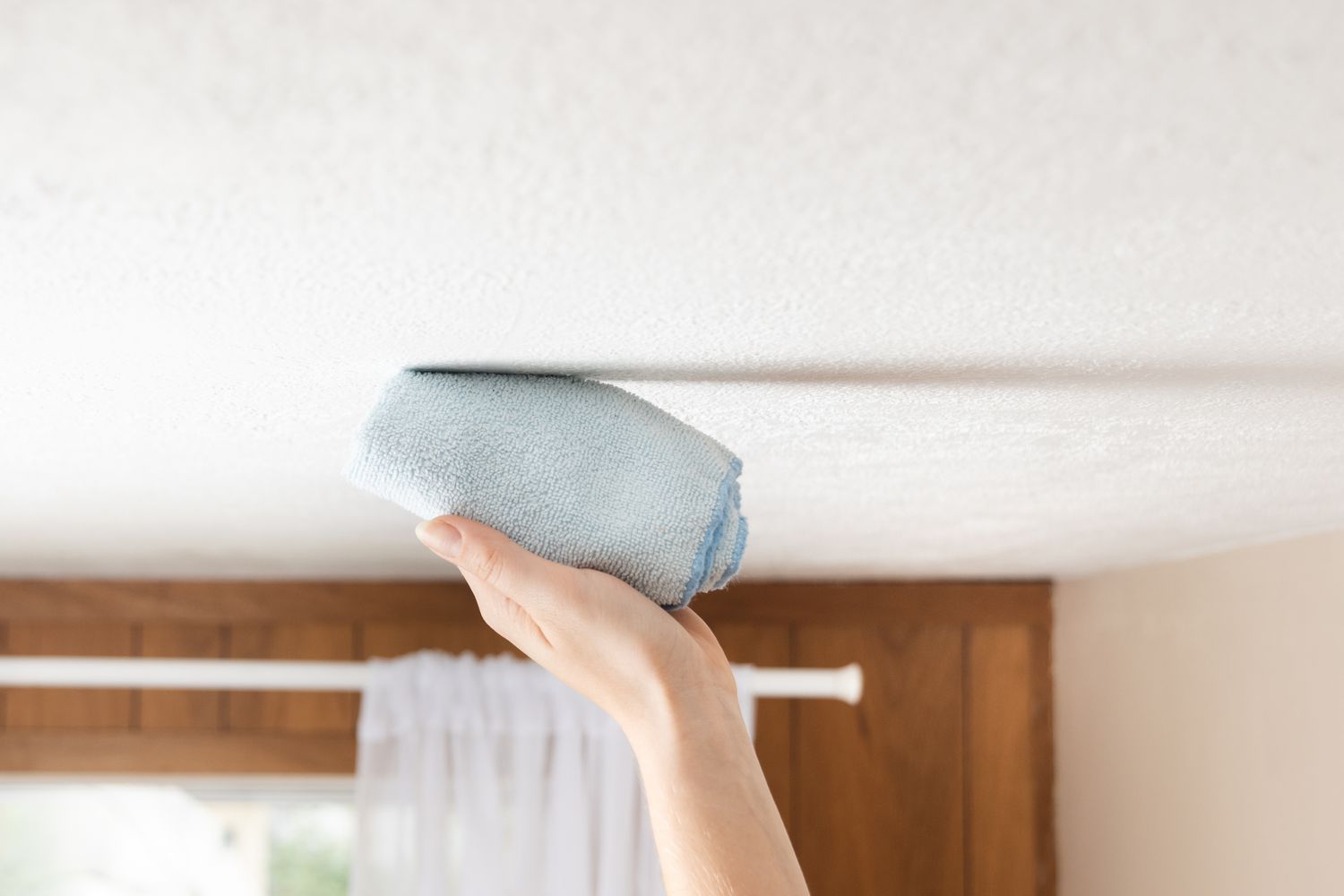



0 thoughts on “How To Clean Mold Off Curtains”